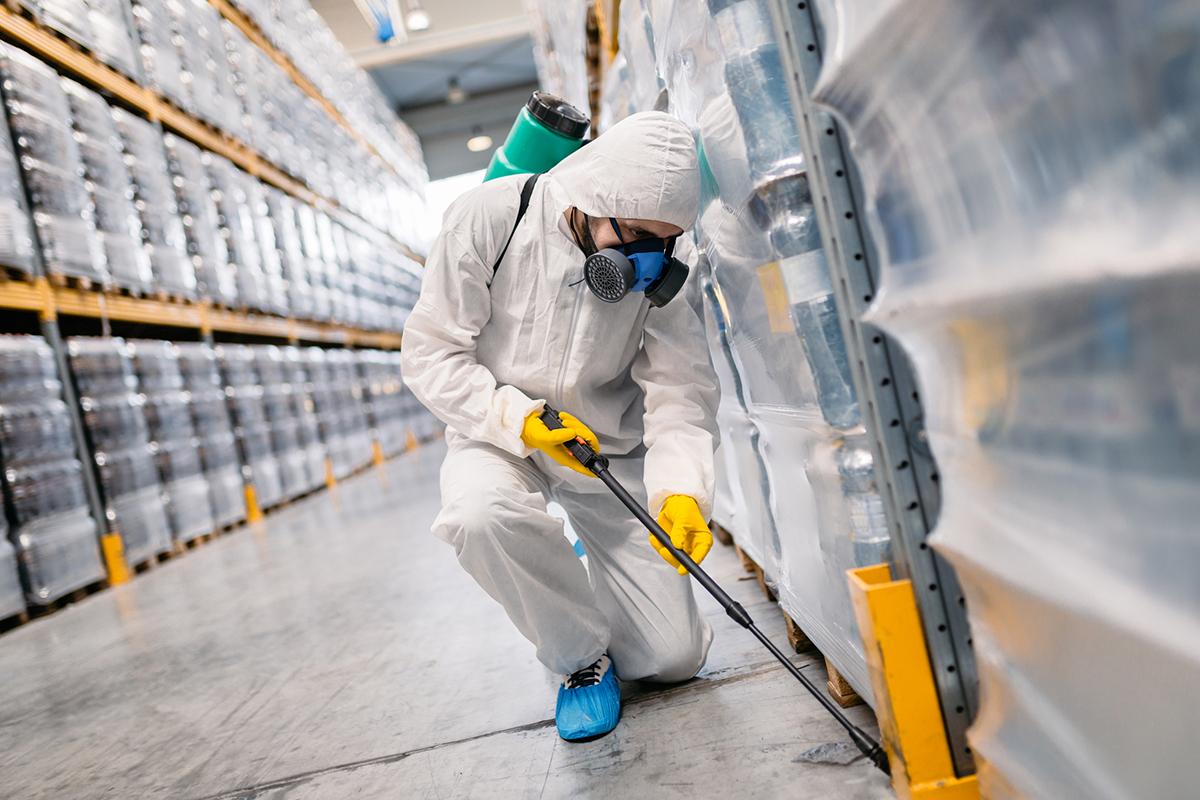Bed Bug Treatment Break Down: Contrasting Chemical Vs. Non-Chemical Solutions
In the realm of insect control, specifically when managing the persistent problem of bed bugs, the option in between chemical and non-chemical therapy remedies can be a critical one. Both approaches provide unique advantages and disadvantages, affecting factors such as effectiveness, security factors to consider, and overall expense. By checking out the nuanced information of each method, a more clear understanding of which course to seek in addressing a bed bug problem can be achieved.
Efficiency of Chemical Therapies
Chemical therapies for bed insect infestations have actually been widely identified for their potent and fast efficiency in removing these insects. When considering the performance of chemical therapies, it is vital to comprehend that they can provide a fast and comprehensive service to a bed pest problem.
Moreover, chemical therapies have the benefit of offering recurring impacts, indicating that they can proceed to get rid of bed pests even after the initial application. This recurring activity is especially beneficial in combating any type of prospective re-infestations. In addition, the rapid action of chemical treatments can bring relief to individuals encountering severe bed insect invasions, allowing them to gain back control of their space swiftly.
Safety And Security Concerns With Chemical Solutions
When making use of chemical remedies for bed pest therapy is making certain the safety of residents and the atmosphere,One vital facet that requires mindful factor to consider. While chemical therapies can be effective in eliminating bed pests, they might position risks if not dealt with correctly. One of the key safety worries with chemical options is the prospective harm they can create to human health. Exposure to particular chemicals made use of in bed pest therapies can result in respiratory system issues, skin irritation, or other unfavorable reactions, specifically in people with pre-existing problems or level of sensitivities. Furthermore, improper application or dose of chemical pesticides can lead to poisonous residues remaining in the treated location, positioning lasting health and wellness dangers to owners.
Furthermore, the ecological impact of chemical remedies is another considerable consideration. Some chemicals made use of in bed bug treatments may be unsafe to helpful insects, wild animals, and communities if they seep into the soil or water supply. It is essential to use chemical treatments judiciously, complying with security standards, and taking into consideration much less poisonous alternatives to alleviate these threats and ensure the reliable and safe management of bed bug infestations.
Benefits of Non-Chemical Techniques
Considering the possible safety and security worries and environmental impact connected with chemical services for bed insect therapy, checking out non-chemical strategies offers a promising option with a number of unique advantages. Non-chemical techniques use a much safer choice for families, specifically those with pets, individuals, or children conscious extreme chemicals. These strategies eliminate click to read the risks of exposure to harmful compounds, minimizing the capacity for damaging wellness effects. Additionally, non-chemical treatments are ecologically pleasant, as they do not contribute to air or water contamination, making them a lasting option for pest control.
Additionally, non-chemical services can be efficient in targeting bed pests, consisting of hard-to-reach areas where chemical treatments may not permeate - A1 exterminator charlotte nc. Approaches such as warmth treatment, vacuuming, steam cleansing, and mattress encasements offer thorough removal without the usage of harmful chemicals.
Limitations of Non-Chemical Treatments

In addition, non-chemical treatments typically call for multiple applications to achieve successful obliteration. This can be time-consuming and may not constantly assure complete elimination of all bed insects and their eggs, specifically in hard-to-reach or covert areas.
Additionally, the success of non-chemical therapies heavily depends on proper application and thoroughness, which can be challenging for people without specialist experience. Poor application Resources of non-chemical techniques might result in incomplete removal, causing consistent infestations and the need for extra therapies.
Therefore, while non-chemical therapies have their benefits, it is important to acknowledge these restrictions and consider them when identifying one of the most effective technique here are the findings for taking care of bed insect invasions.
Cost Contrast: Chemical Vs. Non-Chemical Options
Offered the limitations associated with non-chemical treatments, an essential element to review in the context of bed pest monitoring is the expense comparison between chemical and non-chemical options. Chemical treatments normally entail the application of pesticides by specialists, which can vary from $250 to $900 per area, relying on the extent of the infestation and the size of the area to be dealt with. In comparison, non-chemical therapies like heat treatment or heavy steam can be a lot more pricey, with prices ranging from $1,000 to $6,000 for an entire home. While the first expense of chemical treatments might seem reduced, several treatments might be called for to completely remove the infestation, possibly increasing the overall price. On the various other hand, non-chemical options might give a much more sustainable and green option, although they can be cost-prohibitive for some individuals. Inevitably, when considering the expense of bed bug therapy choices, it is essential to weigh the ahead of time expenditures versus the performance and lasting sustainability of the selected approach.
Verdict

Thinking about the possible safety issues and environmental influence connected with chemical solutions for bed insect therapy, discovering non-chemical strategies presents an encouraging alternative with a number of unique advantages.Offered the limitations associated with non-chemical treatments, a necessary facet to evaluate in the context of bed bug administration is the cost contrast in between chemical and non-chemical alternatives. In contrast, non-chemical treatments like heat therapy or steam can be a lot more pricey, with prices varying from $1,000 to $6,000 for a whole home. While the first price of chemical treatments might seem lower, several treatments may be called for to fully eliminate the problem, potentially raising the overall price.In final thought, when comparing chemical and non-chemical bed bug treatment options, it is vital to think about efficiency, security, benefits, limitations, and cost.